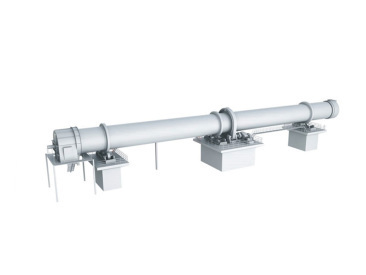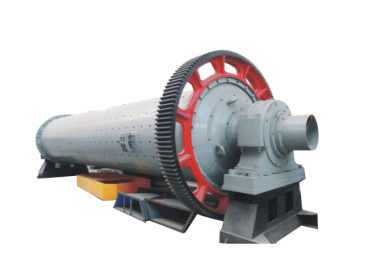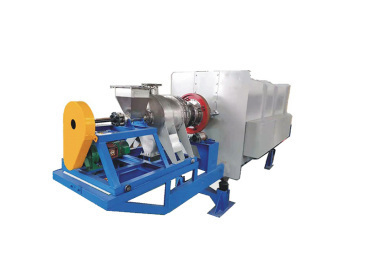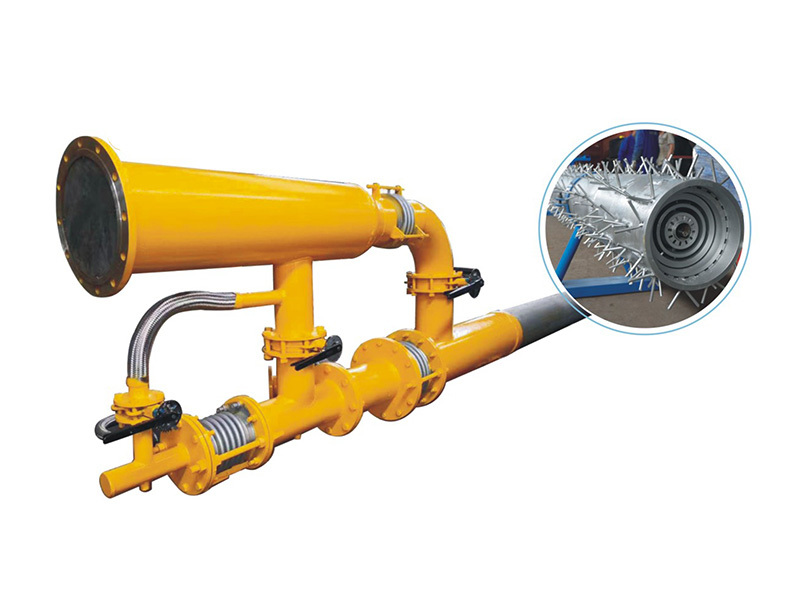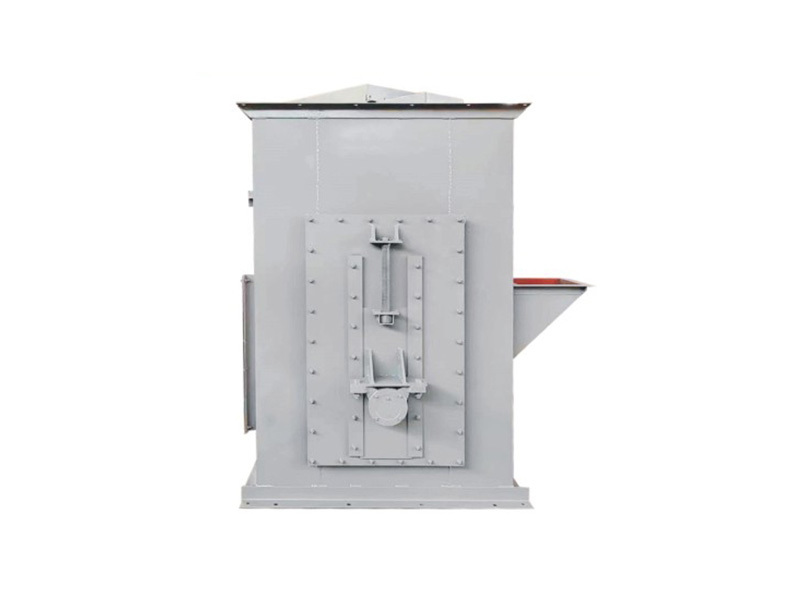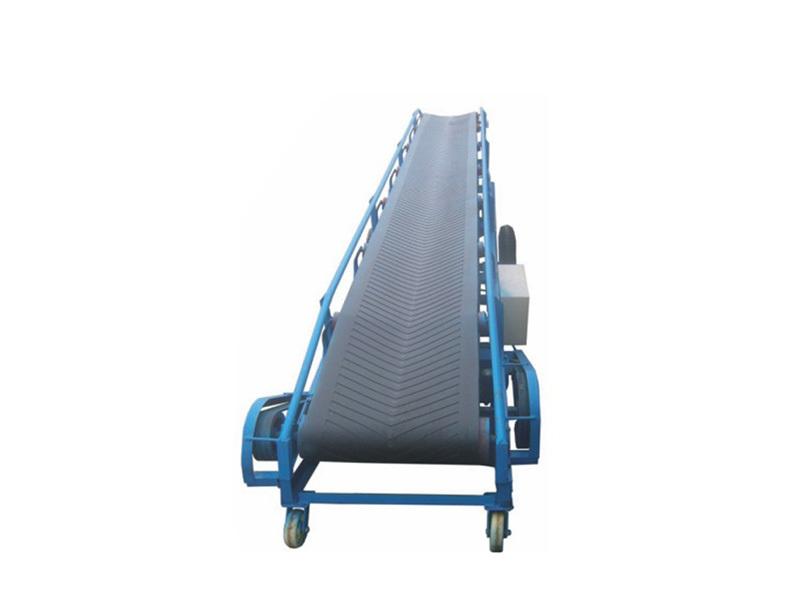Understanding the Role of Metallurgy Ball Mills in Material Processing
Metallurgy ball mills are essential equipment in the field of material processing, particularly in the manufacturing of building materials. These mills play a pivotal role in grinding and mixing various materials to achieve the desired particle size and consistency necessary for production. The fundamental principle behind a metallurgy ball mill involves the rotation of a cylindrical shell, which
Metallurgy ball mills are essential equipment in the field of material processing, particularly in the manufacturing of building materials. These mills play a pivotal role in grinding and mixing various materials to achieve the desired particle size and consistency necessary for production. The fundamental principle behind a metallurgy ball mill involves the rotation of a cylindrical shell, which is partially filled with grinding media and the material to be processed.
The grinding media, typically made of steel or ceramic, collide with the material as the mill rotates. This collision generates kinetic energy, which is then transferred to the material, resulting in its fragmentation. The efficiency of the grinding process is largely influenced by factors such as the size and density of the grinding media, the rotational speed of the mill, and the duration of the milling process. By optimizing these variables, manufacturers can achieve high levels of productivity and enhance the quality of the final product.
One of the primary advantages of using metallurgy ball mills is their versatility. They can be employed to grind a wide range of materials, including ores, minerals, and other construction materials. This adaptability makes them an invaluable asset in various industries, from mining to construction. Furthermore, metallurgy ball mills can be designed to operate in wet or dry conditions, depending on the specific requirements of the material being processed.
In addition to their grinding capabilities, metallurgy ball mills also facilitate the mixing of different materials. This is particularly beneficial when producing composite materials or when additives need to be uniformly distributed throughout the mixture. By ensuring a homogenous blend, these mills contribute to the performance and durability of the final product, which is critical in construction applications.
Moreover, metallurgy ball mills are equipped with advanced control systems that enhance their operational efficiency. Modern designs often include features such as variable speed drives, automated feed systems, and monitoring equipment that optimize performance and minimize downtime. These technological advancements not only increase productivity but also reduce energy consumption, making them a sustainable choice for manufacturers.
In conclusion, metallurgy ball mills are a cornerstone of material processing in the manufacturing of building materials. Their ability to efficiently grind, mix, and improve the quality of materials makes them indispensable in the industry. By understanding the operational principles and benefits of these machines, manufacturers can leverage their capabilities to enhance production processes and achieve superior results. Whether in the mining sector or in the production of construction materials, metallurgy ball mills continue to play a crucial role in driving innovation and efficiency.
The grinding media, typically made of steel or ceramic, collide with the material as the mill rotates. This collision generates kinetic energy, which is then transferred to the material, resulting in its fragmentation. The efficiency of the grinding process is largely influenced by factors such as the size and density of the grinding media, the rotational speed of the mill, and the duration of the milling process. By optimizing these variables, manufacturers can achieve high levels of productivity and enhance the quality of the final product.
One of the primary advantages of using metallurgy ball mills is their versatility. They can be employed to grind a wide range of materials, including ores, minerals, and other construction materials. This adaptability makes them an invaluable asset in various industries, from mining to construction. Furthermore, metallurgy ball mills can be designed to operate in wet or dry conditions, depending on the specific requirements of the material being processed.
In addition to their grinding capabilities, metallurgy ball mills also facilitate the mixing of different materials. This is particularly beneficial when producing composite materials or when additives need to be uniformly distributed throughout the mixture. By ensuring a homogenous blend, these mills contribute to the performance and durability of the final product, which is critical in construction applications.
Moreover, metallurgy ball mills are equipped with advanced control systems that enhance their operational efficiency. Modern designs often include features such as variable speed drives, automated feed systems, and monitoring equipment that optimize performance and minimize downtime. These technological advancements not only increase productivity but also reduce energy consumption, making them a sustainable choice for manufacturers.
In conclusion, metallurgy ball mills are a cornerstone of material processing in the manufacturing of building materials. Their ability to efficiently grind, mix, and improve the quality of materials makes them indispensable in the industry. By understanding the operational principles and benefits of these machines, manufacturers can leverage their capabilities to enhance production processes and achieve superior results. Whether in the mining sector or in the production of construction materials, metallurgy ball mills continue to play a crucial role in driving innovation and efficiency.
Recommend Content
Understanding the Role of Metallurgy Ball Mills in Material Processing
Metallurgy ball mills are essential equipment in the field of material processing, particularly in the manufacturing of building materials. These mills play a pivotal role in grinding and mixing various materials to achieve the desired particle size and consistency necessary for production. The fundamental principle behind a metallurgy ball mill involves the rotation of a cylindrical shell, which






